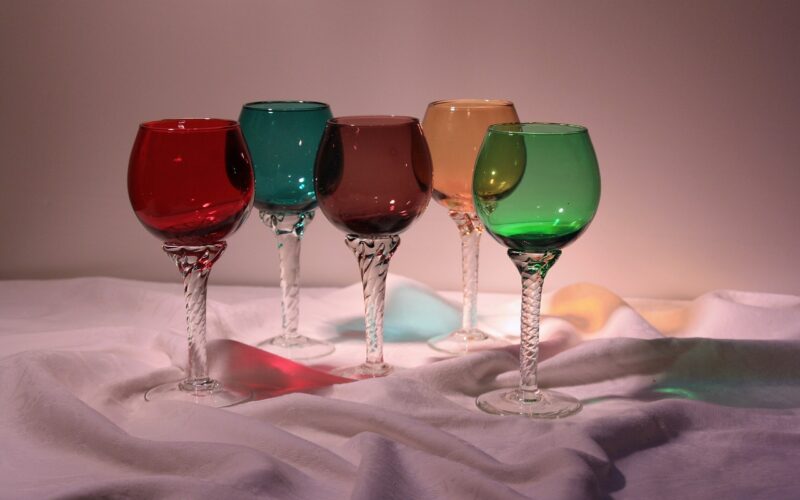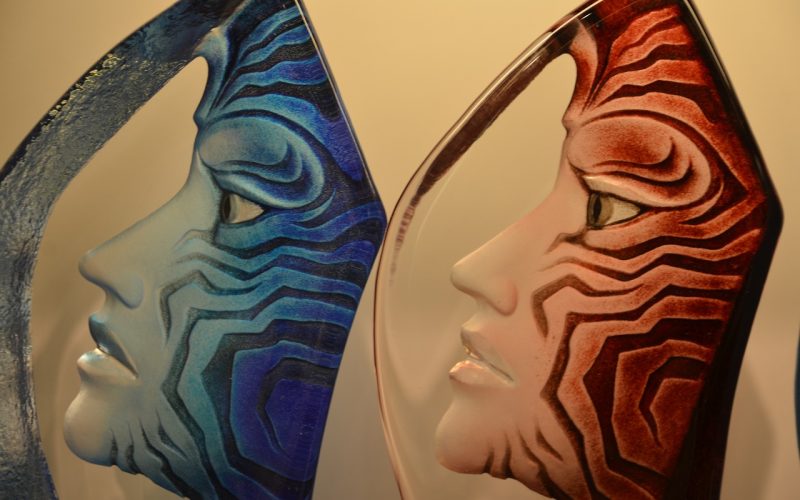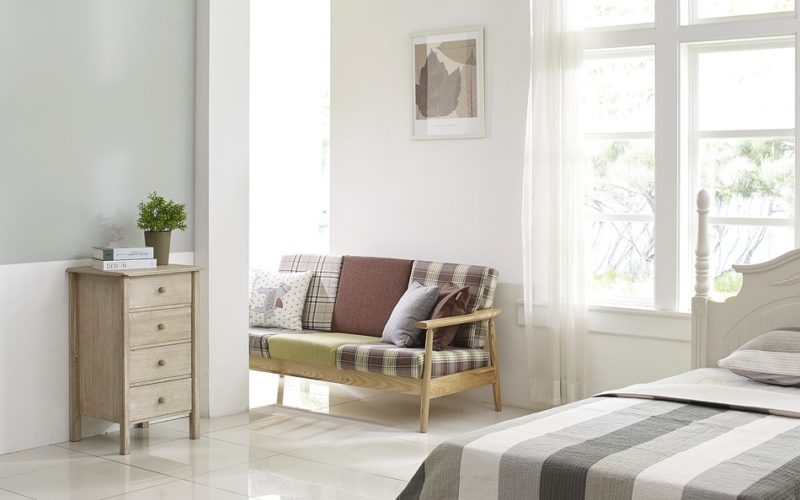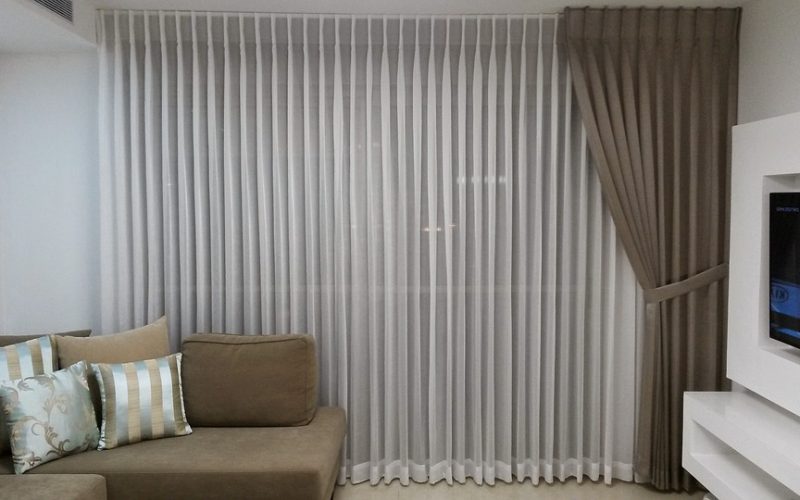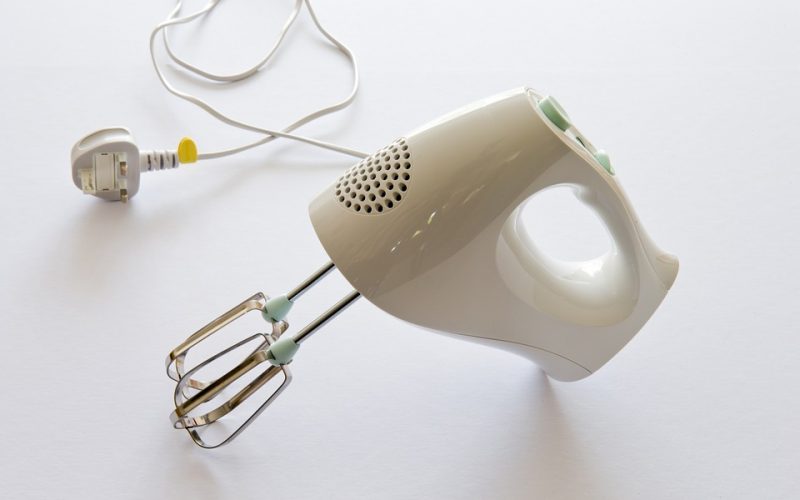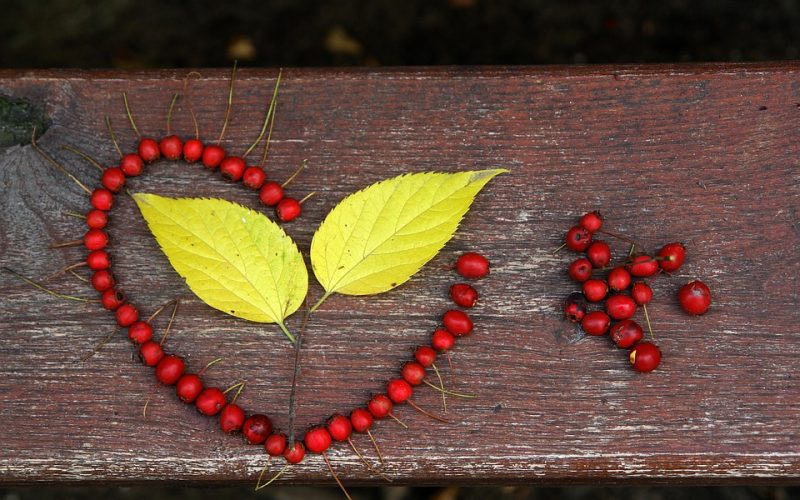Making Your Own Decorations
Are you an aspiring potter or glass blower looking to create your own art? Or are you simply curious about how this complex and beautiful medium is created? The process of creating ceramic and glass pieces involves a meticulous workflow which, once understood, can be highly rewarding. With the right materials, specialised equipment, and the correct sequence of motions, you can turn simple clay into stunning works of art that will last many lifetimes!
Understand the basics
Pottery and glassware making are fascinating crafts that require a lot of skill and creativity to master. To create these beautiful objects, makers need to have knowledge of the materials, tools, and techniques involved. Pottery is made from a combination of clay, water, and other natural materials, while glassware is typically made from sand, soda ash, and limestone. The tools used in making pottery vary greatly and can include everything from pottery wheels, hand tools, to kilns and glazes. Glassware making also requires a range of specialised tools, from blowpipes to specialised glasses and moulds. Once the raw materials and tools are gathered, the real fun begins: shaping and manipulating the material into beautiful pieces of functional art. While pottery and glassware have been around for centuries, there's still so much to learn and explore within these crafts.
Gather all the materials
Before beginning any project, it is important to gather all the materials you will need. This prevents last minute trips to the store and unnecessary delays. Make a checklist of everything you need and ensure you have all supplies on hand. Additionally, find a space to work in that is free from distractions and has enough room for you to spread out. It could be a spare room, a corner of your garage, or even a designated space on your kitchen table. Having a dedicated workspace helps you stay focused and organised while you complete your project. With all the materials and space you require, you’ll be well on your way to creating something great.
Research different styles
Learning about different pottery and glassware styles can be a great way to get inspiration for your own creations. With a wealth of styles to choose from, you can delve into the rich history of pottery and glassware, and explore the many techniques used to create these beautiful works of art. From ancient Greek pottery to modern, minimalist glassware, there's something for every taste and style. Researching these styles can help you to refine your own techniques and come up with unique, innovative designs that stand out from the rest. Learning to use glass decals and ceramic transfers can add personality to your work.
Practice different techniques
Glass art is a fascinating craft that involves heating and manipulating glass to create beautiful works of art. It's the perfect blend of science and creativity. As a glass artist, you have the opportunity to practice different techniques such as slumping, fusing, and firing. Each technique requires a different method and level of skill, which adds to the appeal and challenge of glass art. Slumping involves heating a piece of glass until it softens and then allowing it to slump into a mould to give it a unique shape. Meanwhile, fusing involves melting two or more pieces of glass together to create a single piece, while firing involves heating a piece of glass to a high temperature to create a dramatic effect. With so many techniques available to learn and master, glass art is a craft that never gets boring.
Experiment with designs and colours
Art is an incredible way to express creativity and imagination, but experimenting with designs and colours truly takes it to the next level. By blending different hues and shapes, artists can create completely unique pieces of art that are truly one-of-a-kind. Whether you're working with acrylic paint, watercolours, ceramic decals, glass transfers or even digital mediums, the possibilities are endless. And the best part? You never know what you're going to end up with until you start experimenting. So break out your brushes, try something new, and see where your art takes you. Who knows? You might just be pleasantly surprised by the results.
